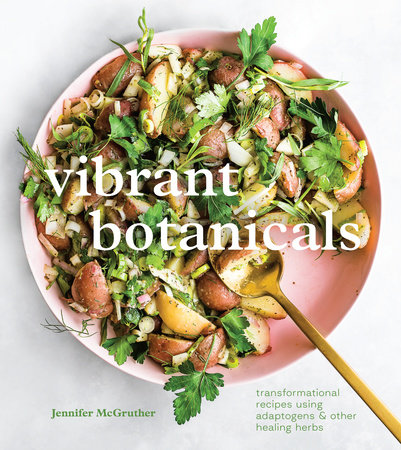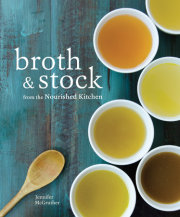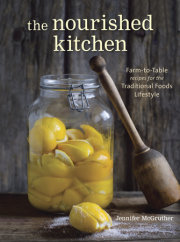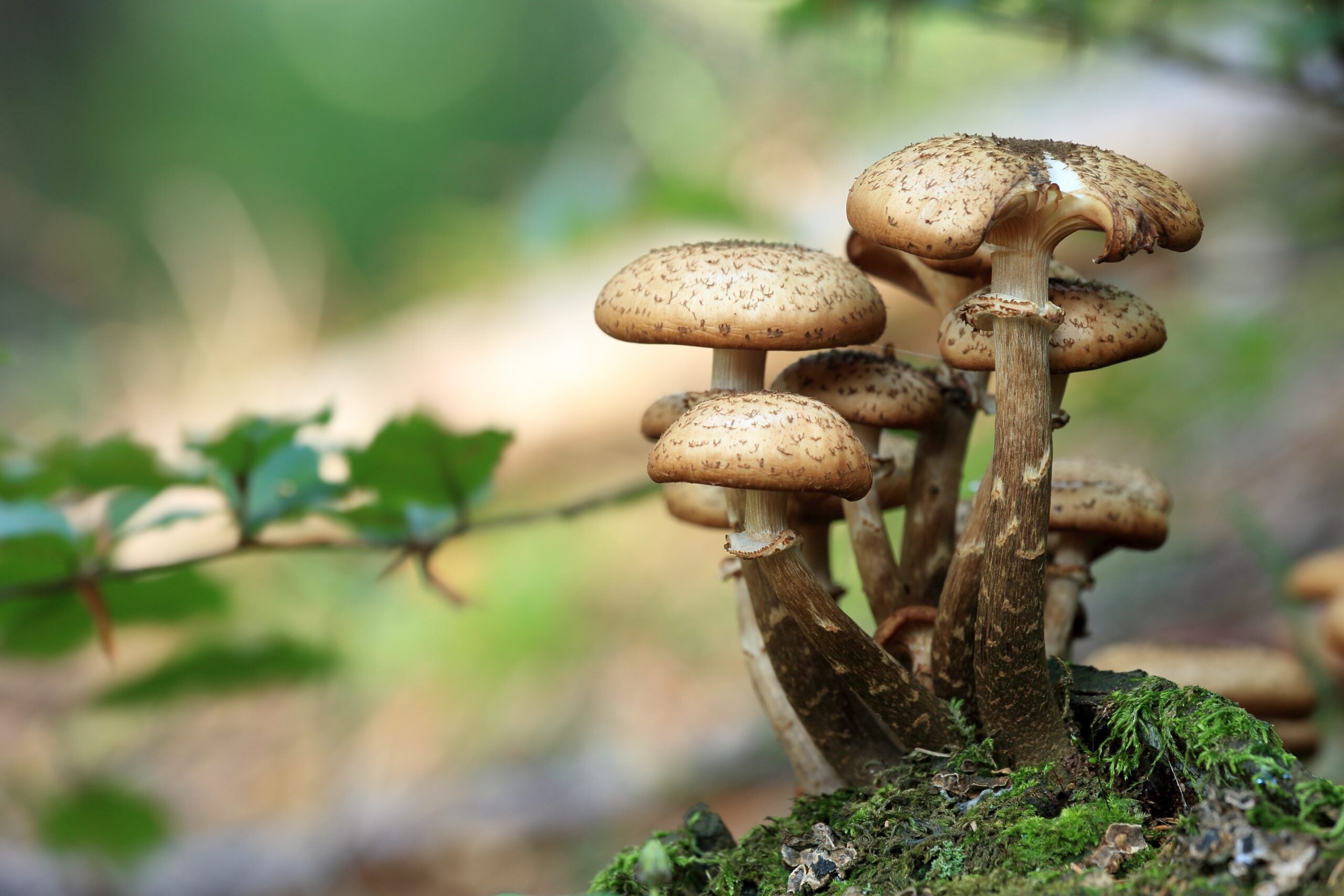introduction Growing up, I had a fascination with plants. I sipped sweet honeysuckles freshly plucked from the vine, nibbled on violets and dandelions, and sampled the herbal tisanes an elderly neighbor brewed. Each herb resonated for me on an energetic level. They spoke to my hunger for nature, connection, and deep nutrition.
Later, I began growing my own herbs: I tended terra-cotta pots filled with odd mints, speckled sages, lemon thyme, purple basil, and rose geraniums. Feverfew and chamomile grew like tiny daisies in the garden alongside angelica, valerian, anise hyssop, lavender, and unruly bushes of rosemary. By the time my oldest son turned four, he could recognize a few dozen plants by their leaves alone. In spring, we’d head to the woods to gather nettles, wild rose, and self-heal. Then in fall, we’d pick rosehips and cinnamon-capped bolete mushrooms.
Herbs are essential in our kitchen, and they satisfy a genuine hunger for connection. More than just satisfying flavor, herbs hold a profound and transformational power, tapping into your body’s innate healing wisdom. Moving with intention and grace, you can harness these properties to support immunity, ease a headache, boost your energy on drowsy mornings, or help you relax on restless evenings. When used as an adjunct to a nutrient-dense diet, adequate sleep, and gentle movement, herbs can also enact even more powerful transformations: lifting the mood, boosting memory, and blunting the effects of stress.
While herbs aren’t cure-alls, they are powerful tools that bring life to your meals while drawing on ancient healing traditions. Most important, they empower you to get in touch with your intuition, take the lead in your health, and reclaim lost culinary traditions in which food and medicine were synonymous.
As you work through this book, remember that every herb you toss into your stockpot or scatter over a platter of freshly sliced fruit brings a gentle botanical medicine to your dishes. The botanical profiles throughout these pages will help acquaint you with the herbs you can use in the kitchen, what they do for the body, and how they work energetically.
It’s a powerful feeling to toss a palmful of wild and unruly herbs into your sauté pan with the knowledge that you’re nourishing yourself and the people you love in a deeply connected way. Choose the herb-forward recipes with mindfulness and strategy. Sip on a mug of Immunity Broth (page 108) when you feel under the weather. Start your day with a bowlful of granola spiked with cacao and stress-busting adaptogens (page 28), or make a batch of Iced Sencha tea (page 59) when you need to concentrate.
Lastly, keep flavor at the forefront of your mind because good flavor is good medicine, too.
Copyright © 2021 by Jennifer McGruther. All rights reserved. No part of this excerpt may be reproduced or reprinted without permission in writing from the publisher.











